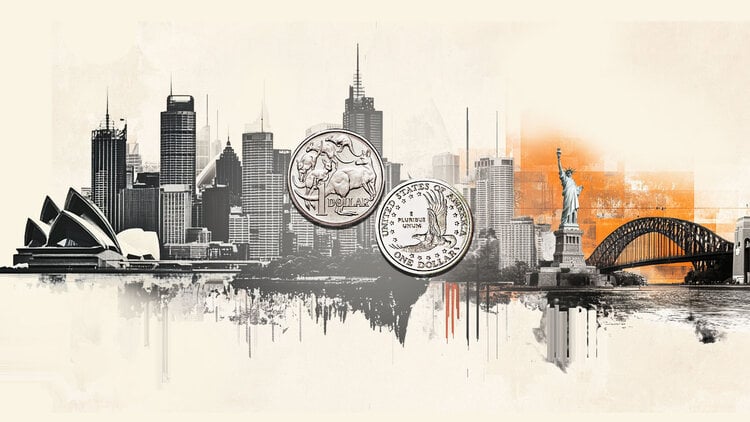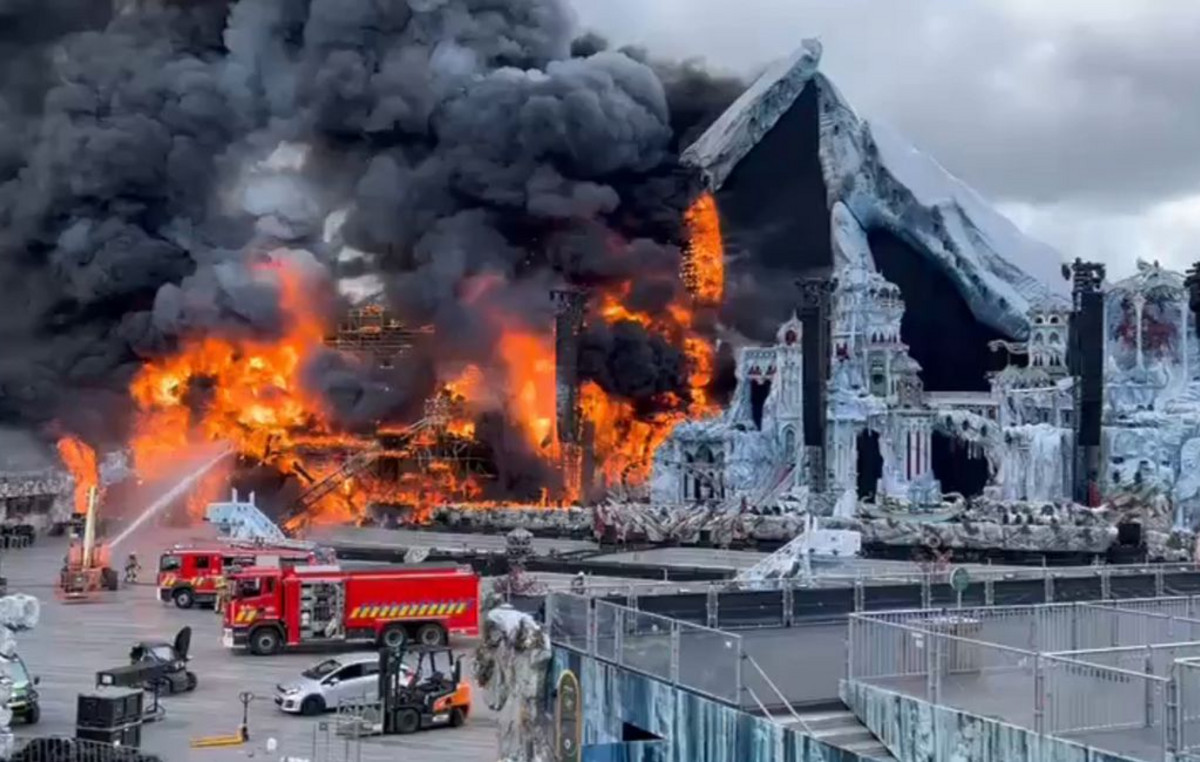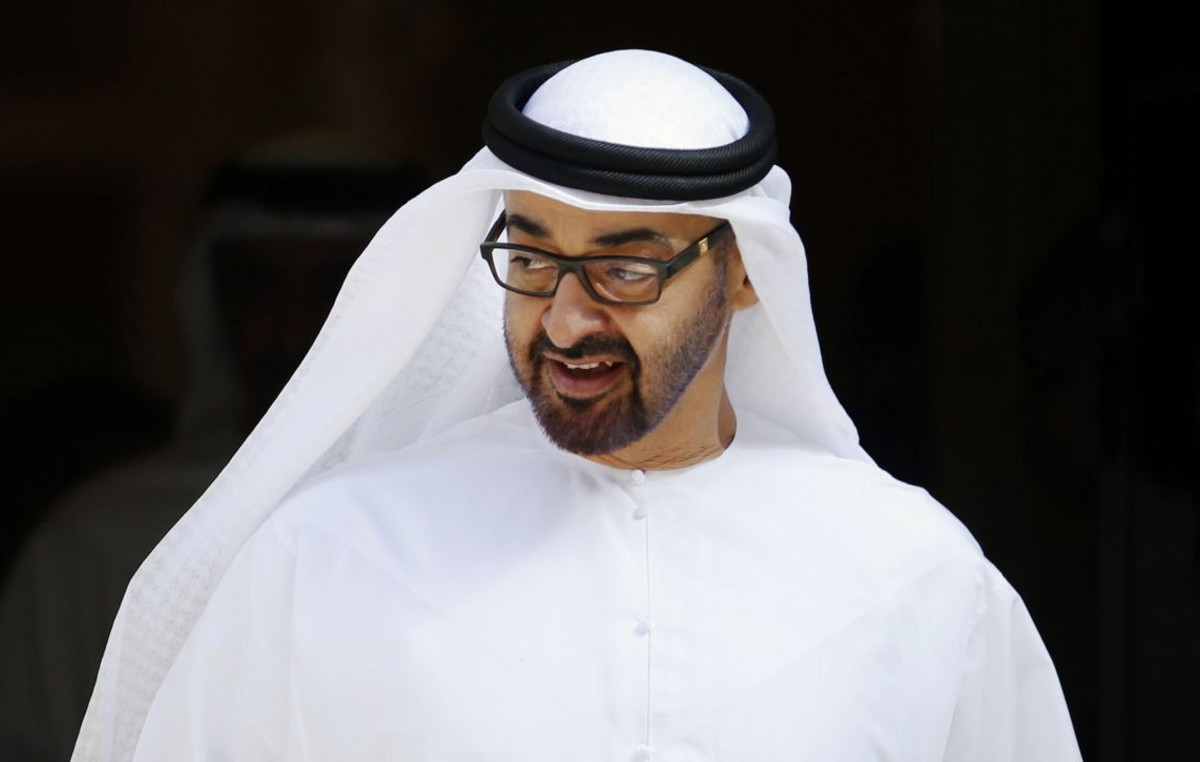The resistance, the fight against terrorism, against banditry and the mafia. Carlo Alberto Dalla Chiesa, general of the Carabinieri, is the architect of all this and his life is intertwined with the history of our country. The future general Dalla Chiesa was born in Saluzzo, Piedmont in 1920 and died in Palermo on 3 September 1982. He had been in Sicily for just 120 dayshe, the man who had defeated the Red Brigades, sent as prefect to fight the mafia war that caused more than one death a day in those years in Palermo.
The mafia killed him forty years ago. He killed him, his second wife, Emanuela Setti Carraro, and the escort agent Dominic Russo. She almost killed him before he could even really start work.
The Weapon was in his DNA. Son of a general of the Carabinieri he joined the Arma during the Second World War, after having been part of the army. On the day of the armistice, 8 September 1943, he was in command of the lieutenancy of San Benedetto del Tronto before moving on to the provincial command of Ascoli Piceno. He had just graduated from law school.
He refused to participate in the search and arrests of partisans. He escaped before being captured by the occupying German forces and joined the resistance, becoming one of the leaders of clandestine radio transmissions of information to the Americans. In December 194 he crossed enemy lines and entered the already liberated part of Italy. He was charged with guaranteeing the security of the Presidency of the Council of Ministers of liberated Italy in Rome and then moved on to Bari where he studied political science and met Dora Fabbowho in 1946 would become his wife and mother of three children, the TV presenter Rita, Nando and Simona.
He passed through Campania and Tuscany before being sent to Palermo. Here his commitment was directed to the fight against banditry against groups such as that of Salvatore Giuliano. He investigated the disappearance, in Corleone, of the socialist trade unionist Placido Rizzotto, for which the mafia boss Luciano Liggio was accused. Over the years he was in Como, Rome and Milan to return to Sicily from 1966 to 1973, years in which his experiences of him intertwined with those of other state personalities who would be killed by the mafia such as Pio La Torre and Boris Giuliano.
From the Church he made reports, studied the mafia. Knowing the enemy, learning his methods and personality was a fundamental method for the years to come, those of the Red Brigades’ fight against terrorism. Selecting ten officers, created in May 1974 the Special Anti-Terrorism Unit, who managed to capture Renato Curcio and Alberto Franceschini in Pinerolo. The collaboration of Silvano Girotto, known as the miter friar, was decisive. The nucleus was dissolved two years later, criticized for the methods used in the infiltration of agents among the Red Brigades.
In February 1978 he lost his wife Dora to a heart attack. In that year, the year of the kidnapping and killing of Aldo Moro, he resumed his fight against the Red Brigades. On August 9, he was appointed Coordinator of Police Forces and Information Agents for the fight against terrorism, with special powers for direct government determination. He had special powers, disputed above all by the left as an act of repression. These too led to the blitz in the hideout of via Montenevoso in Milan, where papers concerning Aldo Moro were found, including an alleged memoir of the Christian Democrat leader.
From the following year is the relationship with the repentant Red Brigades member, Patrick Peci. With his revelations he contributed to the defeat of the BR, such as the raid of via Fracchia, in Genoa. A period of investigations followed, with not always successful operations, also due to false and missing information, a period of isolation within the Arma.
On 16 December 1981 by the Church he was appointed Deputy General Commander of the Arma, the highest position achievable for a general officer of the Carabinieri. On 6 April 1982 the Council of Ministers appointed him prefect of Palermo. He took office in the city on April 30, the day of the murder of Pio La Torre. The Spadolini government hoped that the man who defeated the Red Brigades could do the same to the Mafia. “The mafia is cautious, slow, it measures you, listens to you, checks you from afar,” he said, not convinced that terrorism could be tackled as it had been tackled. In the summer of that year he married his second wife Emanuela Setti Carraro. The special powers that had been promised to him never arrived: “They send me to a reality like Palermo with the same powers as the prefect of Forlì”.
He studied the Mafia families, made an organization chart of them and explained, also in an interview with Giorgio Bocca, that the mafia it had to be fought street by street, making the massive presence of law enforcement evident to criminals.
His was a death foretold, by the atmosphere of that Palermo, but also by an anonymous phone call made at the end of August to the Palermo carabinieri: “the Carlo Alberto operation is almost complete, I mean almost complete”. at 21 and 15 of 3 September 1982, twenty-four days before his sixty-second birthday, the A112 on which the prefect was travelling, driven by his wife, was flanked in via Carini in Palermo by a BMW, from which several bursts of Kalashnikov AK-47s were fired, which killed them both. The escort agent Domenico Russo who was following the general’s car with another car died 12 days later in the hospital.
On the day of funerals there were protests against the politicians accused of having left the general alone, the only one spared the President of the Republic, Sandro Pertini. Daughter Rita asked that the wreaths sent by the Sicilian Region be immediately removed. On her father’s coffin he wanted the tricolor, the saber, the cap of his General’s uniform with the insignia and the scarf. Cardinal Pappalardo quoted Livy: «While Rome is thinking about what to do, the city of Sagunto is conquered by the enemies and this time it is not Sagunto, but Palermo. Poor our Palermo». The leaders of Cosa Nostra were sentenced to life imprisonment for the three murders: Totò Riina, Bernardo Provenzano, Michele Greco, Pippo Calò, Bernardo Brusca and Nenè Geraci.
– Mafia massacres: “We are condemned to survive”
– Falcone’s driver: «I survived but forgotten by the state»
Source: Vanity Fair
I’m Susan Karen, a professional writer and editor at World Stock Market. I specialize in Entertainment news, writing stories that keep readers informed on all the latest developments in the industry. With over five years of experience in creating engaging content and copywriting for various media outlets, I have grown to become an invaluable asset to any team.







